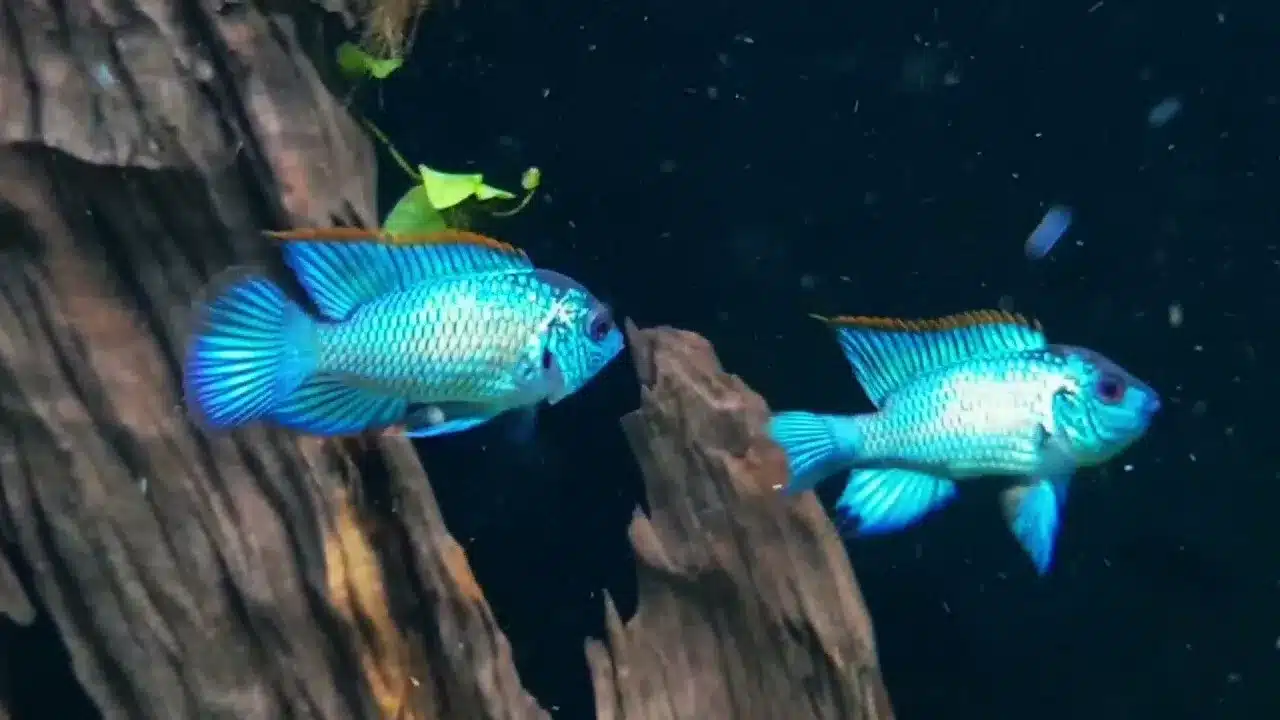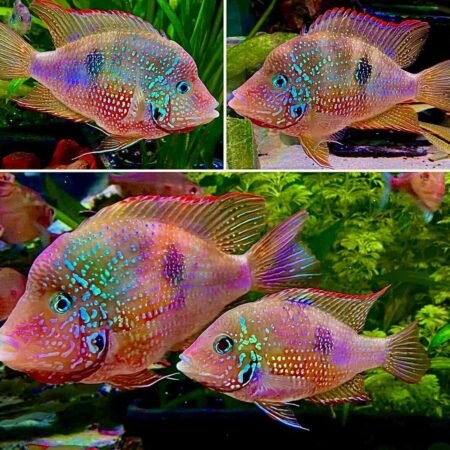To provide the best experiences, we use technologies like cookies to store and/or access device information. Consenting to these technologies will allow us to process data such as browsing behaviour or unique IDs on this site. Not consenting or withdrawing consent, may adversely affect certain features and functions.
The technical storage or access is strictly necessary for the legitimate purpose of enabling the use of a specific service explicitly requested by the subscriber or user, or for the sole purpose of carrying out the transmission of a communication over an electronic communications network.
The technical storage or access is necessary for the legitimate purpose of storing preferences that are not requested by the subscriber or user.
The technical storage or access that is used exclusively for statistical purposes.
The technical storage or access that is used exclusively for anonymous statistical purposes. Without a subpoena, voluntary compliance on the part of your Internet Service Provider, or additional records from a third party, information stored or retrieved for this purpose alone cannot usually be used to identify you.
The technical storage or access is required to create user profiles to send advertising, or to track the user on a website or across several websites for similar marketing purposes.
 Purple Vampire Crab - Geosesarma Dennerle - Decapod Crustacean
1 × £7.74
Purple Vampire Crab - Geosesarma Dennerle - Decapod Crustacean
1 × £7.74 

















Emily Carter (verified owner) –
I can’t rave enough about the 2 x Electric Blue Acara Cichlids I recently added to my aquarium. These stunning freshwater fish are an absolute joy to watch! I purchased both a male and female, each around 3-4 cm, and within just a week, they’ve settled in beautifully. The vibrant blue colors are mesmerizing and really brighten up my tank. Compared to other African cichlids I’ve kept, the Electric Blue Acara is more peaceful and adaptable, which makes them perfect for my community tank.
I appreciate how these cichlids have distinct personalities; I can really see their playful interactions. They’ve also shown no signs of stress, which is always my top priority as a caring fish parent. The delivery was quick, and they arrived healthy and well-packaged.
My only minor concern is that they can be a bit shy during feeding time, but with some patience, they’re starting to come out more. I highly recommend these cichlids to anyone from beginners to seasoned aquarists looking for a beautiful addition to their aquarium. I would absolutely buy again!
Emily Tanner (verified owner) –
I recently purchased a pair of Electric Blue Acara Cichlids, and I couldn’t be happier! After about two months of having them in my 55-gallon aquarium, they have brought so much life and color to my aquatic environment. The male and female are both around 3 inches, and their vibrant blue hues are truly stunning against the natural decor. They’re perfect for beginners like me, as they acclimated quickly to my tank conditions.
What I love most is their playful nature; they swim together and occasionally engage in some light chasing, which is fun to observe. I’ve been feeding them a high-quality fish food, and their health seems excellent.
I did notice they can be a bit territorial during breeding season, so I recommend providing plenty of hiding spots. Compared to other cichlids I’ve kept, their temperament is much more community-friendly, making them ideal companions for my other fish. I wholeheartedly recommend this pair for anyone looking to enhance their aquarium with active and beautiful fish. You won’t regret it!